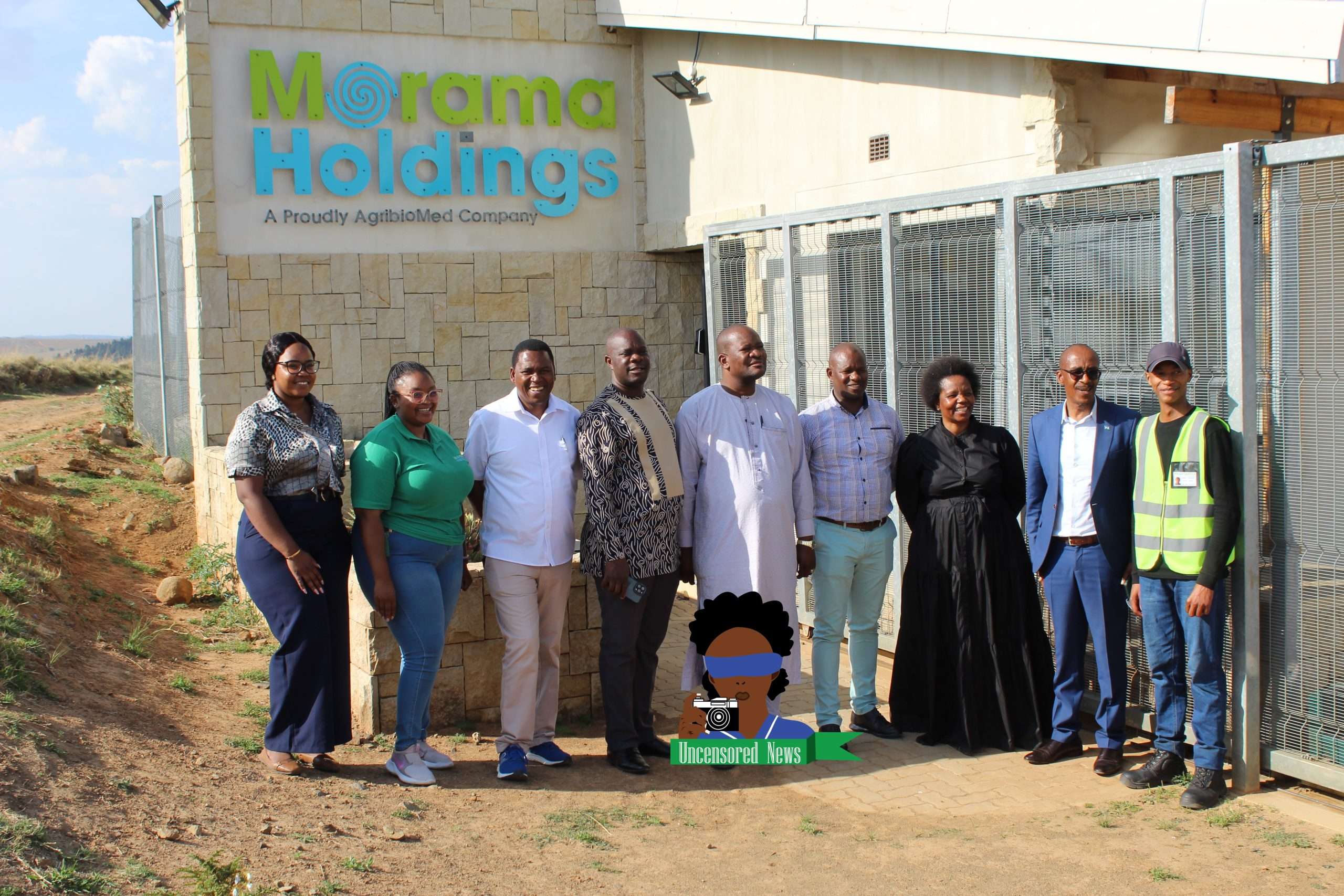Cannabis Industry’s High Water Consumption Raises Concerns in Lesotho Amid Global Study – Part 2
18 November 2024 by Pascalinah Kabi
Est. Read Time: 3m 42s

In Lesotho, a single cannabis facility consumes approximately 90,000 litres of water per day. While the full impact of this high water usage on the country’s overall water availability remains unclear, a recent study published by ScienceDirect raises concerns about the broader implications of the cannabis industry’s water consumption.
The study, titled Chapter 5 – Water Demand and Management in the Growth of Cannabis Industrialisation, notes that each cannabis plant requires at least 22.7 litres of water per day.
With 28 operational cannabis facilities across the country, the cannabis industry in Lesotho is appropriately using an astounding 2.5 million litres of water per day.
“The cannabis industry is gaining more popularity globally and becoming a future threat to water security, causing developing countries to be more vulnerable for the lack of remedies for controlling waste production,” read study published by ScienceDirect in 2024.
This high demand for water raises critical questions about how the industry’s water consumption is affecting the country’s water resources, especially in a nation where 28 percent of its 2.3 million people lack access to clean water.
This growing concern became more evident on October 10, 2024 as Namibian parliamentarians toured the Morama Holdings cannabis facility in the Berea district of Lesotho.
During the tour, the Morama Holdings assistant operator manager, Lineo Griffiths, noted that the facility uses approximately 90,000 litres of water per day.
“It might be a bit more but my safe estimations is about 90, 000 litres per day,” Griffiths said.
When asked if cannabis production has any potential negative impact on water sources, Griffiths responded, “I wouldn’t think so.”
She said Morama Holdings tries to be “very mindful of the resources” they use. “Like I said, the only period where we use quite a bit of water is only when we are growing and when they are in cycle but even then, the amount of water that’s used is not that much,” Griffiths said.
Griffiths also mentioned that Morama Holdings has two grey water systems designed to recycle water for irrigation purposes.
“We are mindful of the fact that even though we might be using quite a bit of water in the tunnels, let’s sort of recycle and reuse it where we can,” Griffiths said.
She explained to the Namibians that one of the facility’s water tanks supplies water to the tunnels and greenhouses, where it is used to irrigate and nourish the plants.
“So even though they are technically holding tanks, most of the water gets used up as the day (goes by) because we use a lot of water because of the amount of plants that we have but mostly when we’re in planting cycle,” Griffiths said.
At the mercy of weather
As countries like Lesotho grapple with the devastating impacts of climate change, the cannabis sector is not spared. Moelo Ramahlele, Country Manager of Morama Holdings, stated that they have learned not to plant during the winter months.
“Our very first harvest was, we went through winter, and we learned a lot,” Ramahlele said.
She added: “The frost killed almost all our plants, but it was on a proof of concept, so we were on a learning stage. We learned not to grow in winter because Lesotho’s winter is not friendly.”
For her part, Griffiths stated that Morama Holdings is heavily dependent on weather conditions outside the facility.
“Like for example, the buds in here would have been a bit bigger if they had more sunlight. If obviously we’re getting days of fewer sunlight and days that the plant actually gets exposed to sunlight, then that impacts the plant that we eventually grow and get to harvest.
“I would say, for example, if we get rainy days just at the beginning of my flowering, I already know that that’s going to compromise the end product and my yield. Because we’re an outgrow facility, the climate definitely… we’re at its mercy,” Griffiths said.
She noted that Morama Holdings has been quite fortunate that nothing catastrophic related to climate change has occurred so far.
“So, if it was like an indoor facility where you can control all factors, then you are most likely to relax in that regard but then you are also wasteful.”
While Lesotho started experiencing snow in summer in recent years, Griffiths said “if I’m to have snow in November, I’m still a bit lucky because that’s the time when it’s still in the tunnels and I’m getting it to pre-grow.”
“So that’s not necessarily going to affect me. That’s why I say we are very lucky to have the head of cultivation that we have because he pays a lot of attention to the weather patterns, moon patterns, sun patterns to try and give our product a fighting chance,” Griffiths said.
In the end, Gotthard Kasuto, the chairperson of the Namibian Portfolio Committee on Gender Equality, Social Development, and Family Affairs, expressed that they gained a wealth of knowledge from their visit to Morama Holdings.
“That’s why we believe that some of these insights could lead us, as lawmakers, to explore potential benefits and possibly create laws that recognise these advantages, particularly regarding health benefits,” Kasuto concluded.


